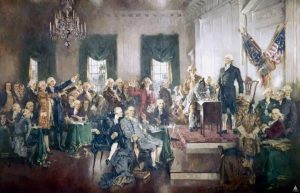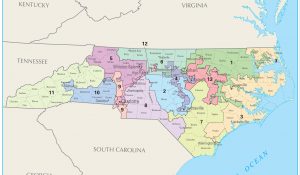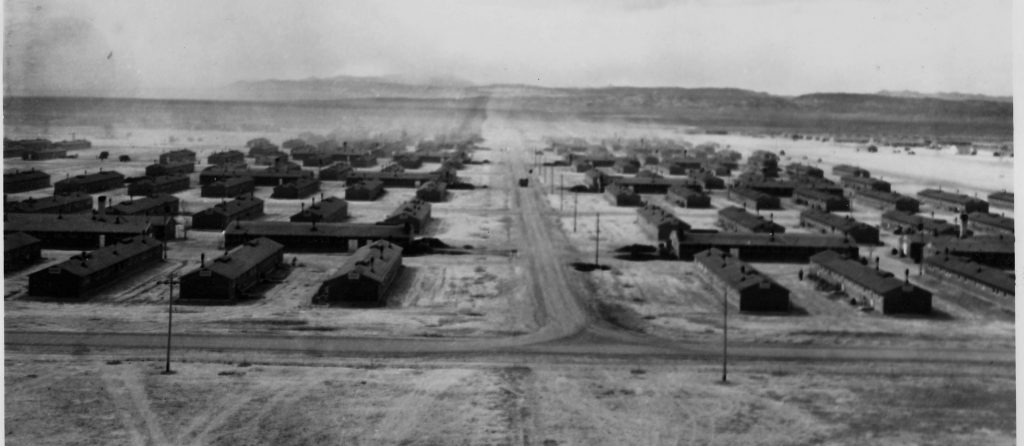
“Scene at the Signing of the Constitution of the United States,” by Howard Chandler Christy (Architect of the Capitol)
230 years ago today, many of the nation’s leading minds met in a sweltering room in the middle of a Philadelphia heat wave to revise a document called The Articles of Confederation. The Articles had been a big problem. They left too much power to the states. Congress, the only branch of the federal government in the Articles, had almost no power over the states. And as the country fought for independence from Great Britain, that had been disastrous, as the Continental Army struggled to supply itself through a government with no ability to raise funds.
To many delegates — including George Washington, James Madison and Alexander Hamilton — revising the Articles didn’t go far enough. They needed to be scrapped entirely so that something better could take its place, something that created a strong, central government — one with clear, enumerated (but still limited) powers over the states. So that’s just what they did. Working in secret over the next three months, the Founders of our country labored over the four pages of parchment that would create the United States Federal Government and underly all of American law from that point forward, the Constitution of the United States.
Learn more about the drafting of this revolutionary document in our film Creating a Constitution.





